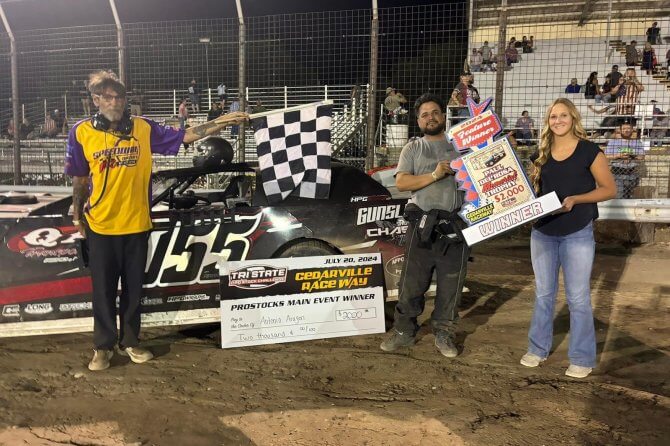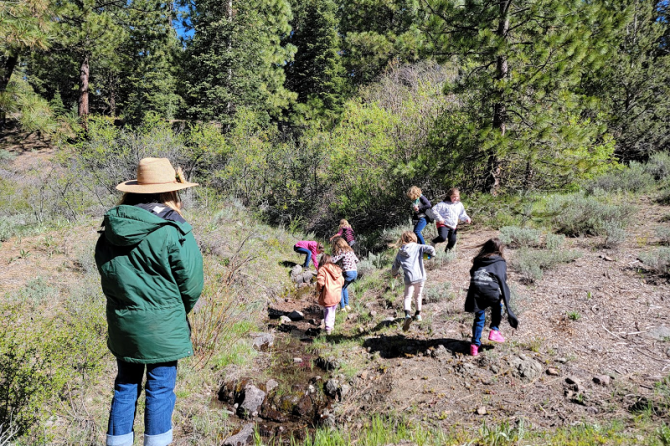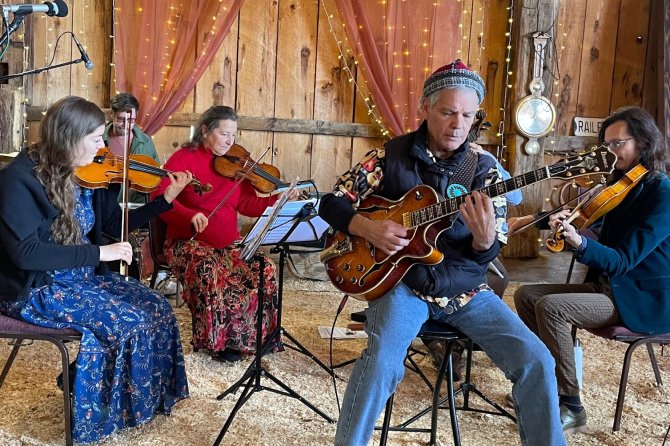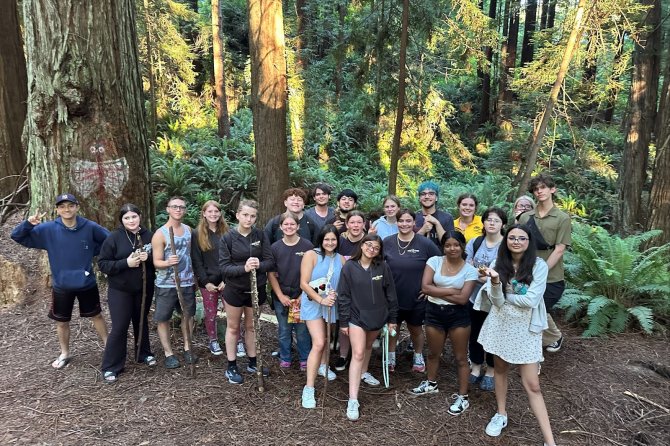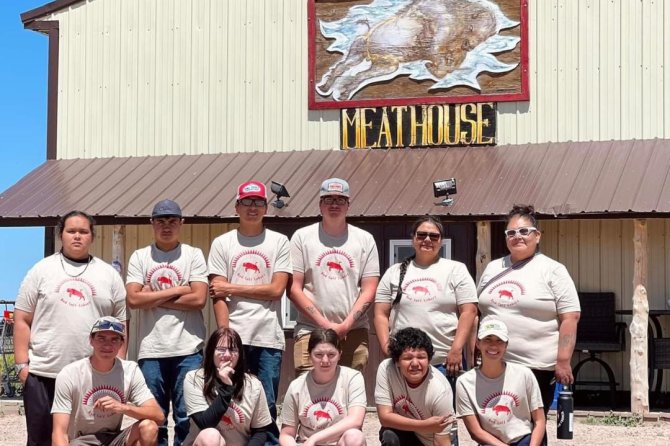By Alan D. Bergman
Joan, far right, with her nanny, in 1938.
Not unlike a plumber unclogging a stuffed pipe, recalling our past and telling or writing our stories can release a floodgate of emotions that have long been blocked within us. As a professional biographer/personal historian, I have witnessed how summoning the details of our lives from our memory banks, or even learning missing information about our own or our forefathers’ and foremothers’ life stories, can bring us both joy and pain.
One biography client was Joan, a 90-year-old Holocaust survivor who hired me to
capture and preserve her life story. During a discussion, she mentioned to me how
during her childhood in Prague, the family’s beloved live-in nanny, Ida, one day
announced that she could no longer work for the family because they were Jewish. Ida showed the Nazi swastika pin attached to her shirt collar and disappeared from their lives forever. Thinking back to the enormity of that heart-wrenching moment, Joan let out a soft wail and wept for the next several moments.
The laughter was so hard that it turned to tears when I interviewed one client about his 1950s youth in Cleveland. He was describing his high school fraternity and the age- appropriate hi-jinx he and his buddies pulled as frat members. Unlocking that piece of his past was an unexpectedly joyous experience. His endorphins obviously flowed freely, as the neuroscience of laughter has taught us.
I somewhat nonchalantly mentioned to another client, Anthony, what I had learned
about his dad’s immigration to the U.S. His father had arrived on these shores in a
journey from Naples to Ellis Island in July of 1922. I was shocked when the response
was an audible gasp followed by sobbing. The revelation about his father’s journey must have been like finding a missing piece of himself. All his adult life, he had wondered how, when, and exactly from where his dad came to this country.
During an interview with one client, I asked about her three adult children, having no idea she was completely estranged from them all. As she talked about the
circumstances leading to each estrangement, the anguish on her face became
increasingly apparent. It was a cold February day in New York, yet sweat appeared on her brow. Her insistence on including this aspect of her life in her biography speaks volumes to her commitment to honesty and authenticity in capturing her whole story.
Moments like these highlight the profound trust and connection that can develop
between a biographer and a client. Together, we take a path to create a legacy that
reflects the entirety of their life, both the joys and the struggles. Bringing the past to the forefront can be a richly gratifying and rewarding experience. It is often a huge relief. In fact, this was labeled by Sigmund Freud as Cathartic Emotional Release (CER). Perhaps best of all, preserving these life stories for the next generations prevents them from being lost to history forever.
—————————————-
Alan D. Bergman, a Baby Boomer, is a personal historian and the founder of Life Stories Preserved LLC ( https://LifeStoriesPreserved.net ). He can be reached by email at: ab@LifeStoriesPreserved.net.


